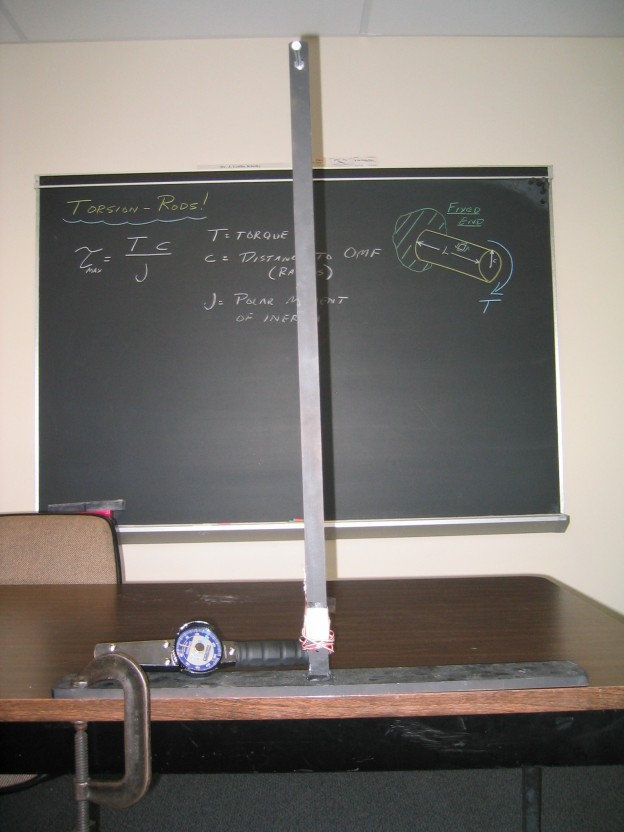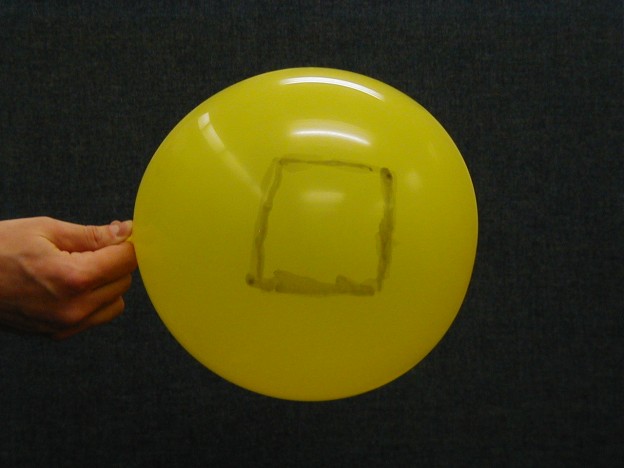Paper Stress Concentrations
Model Description This is a simple demonstration of the basic principles and behavior underlying stress concentrations. Stresses at points of load application can be much larger than the average stress in a member. The same is true when a member contains a discontinuity. Paper members with the same mid-span width are used to demonstrate the […]



